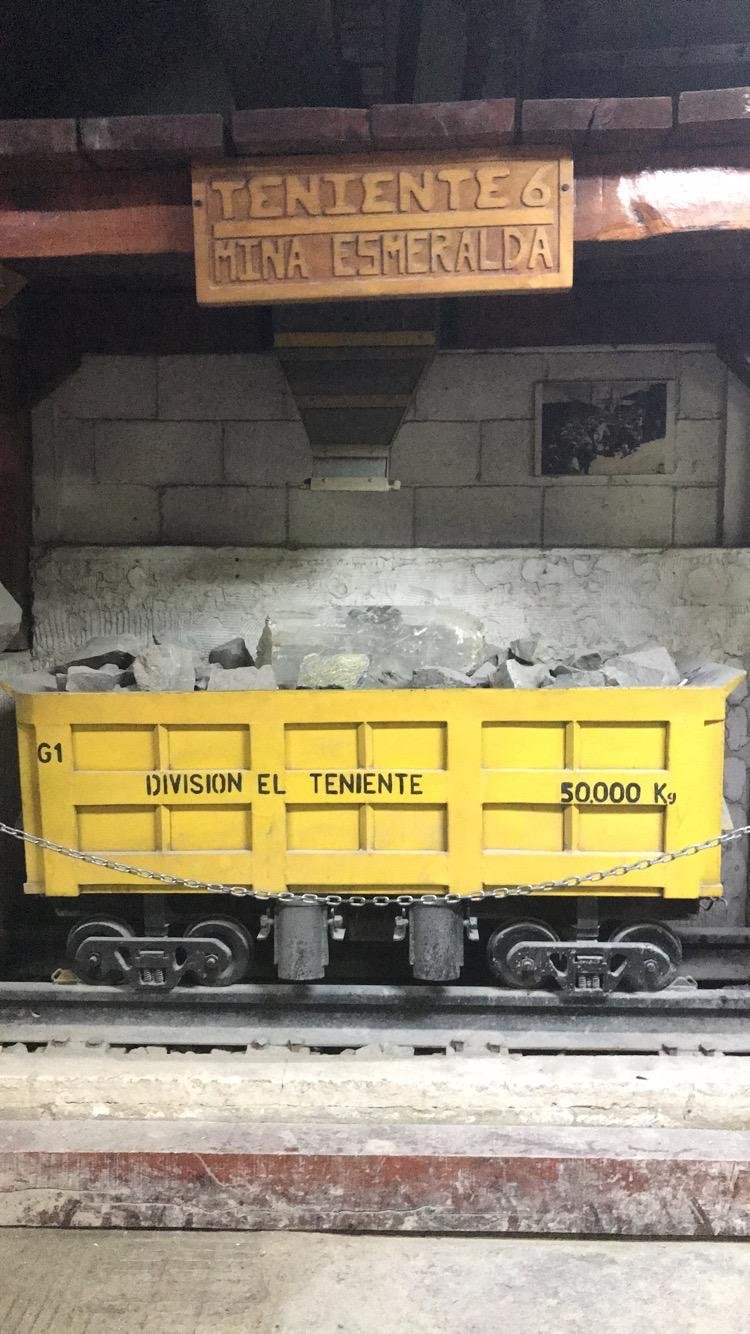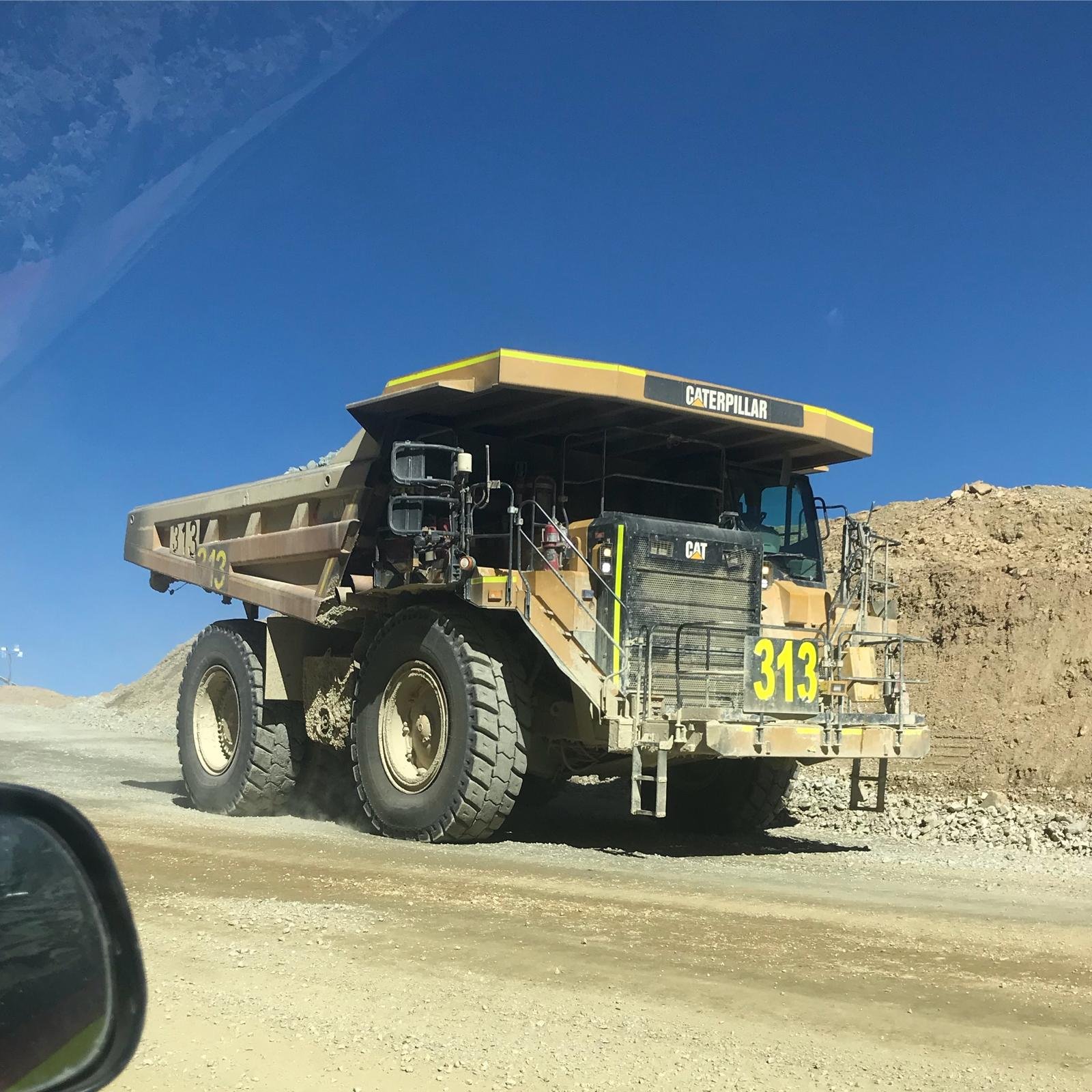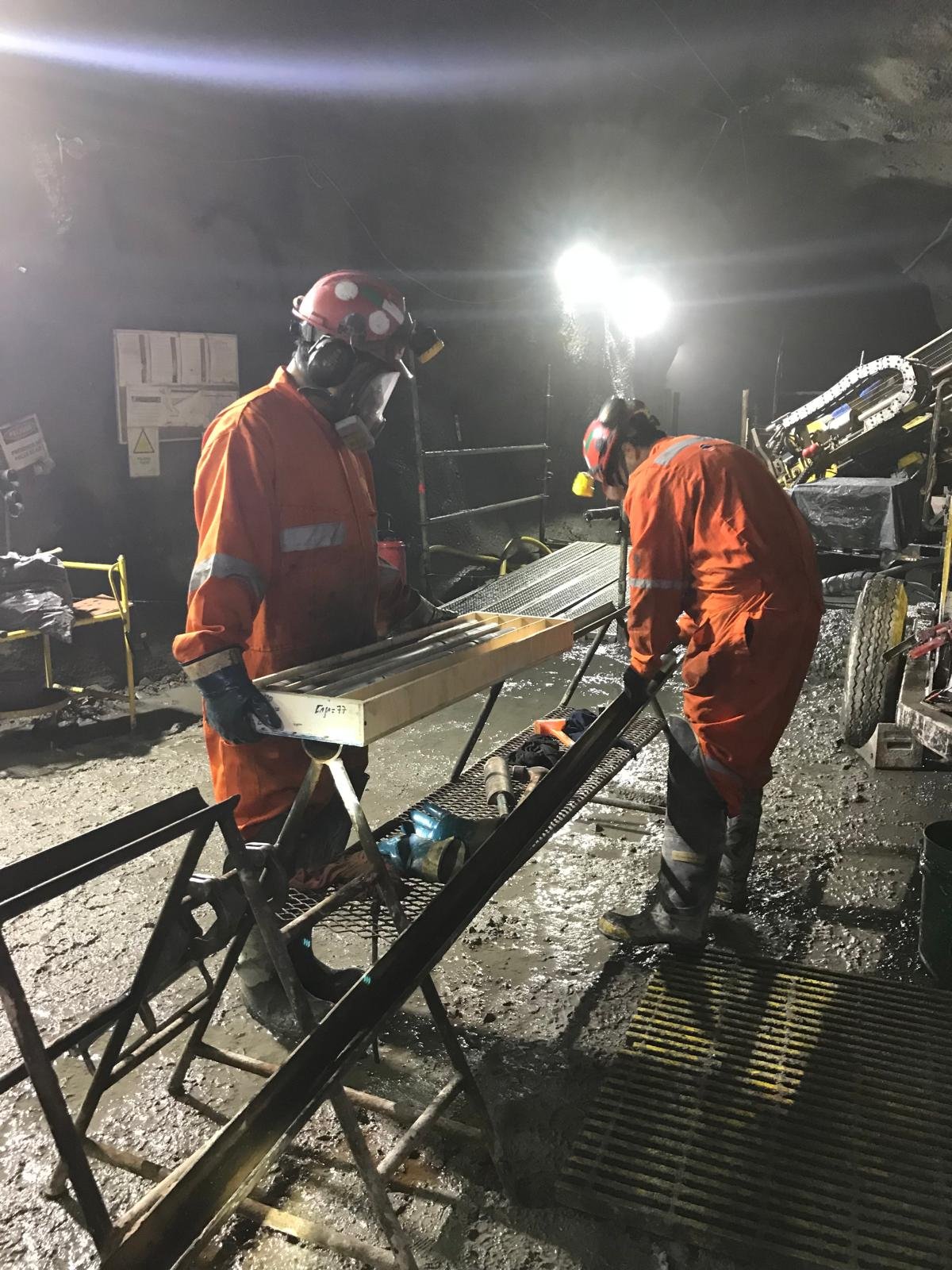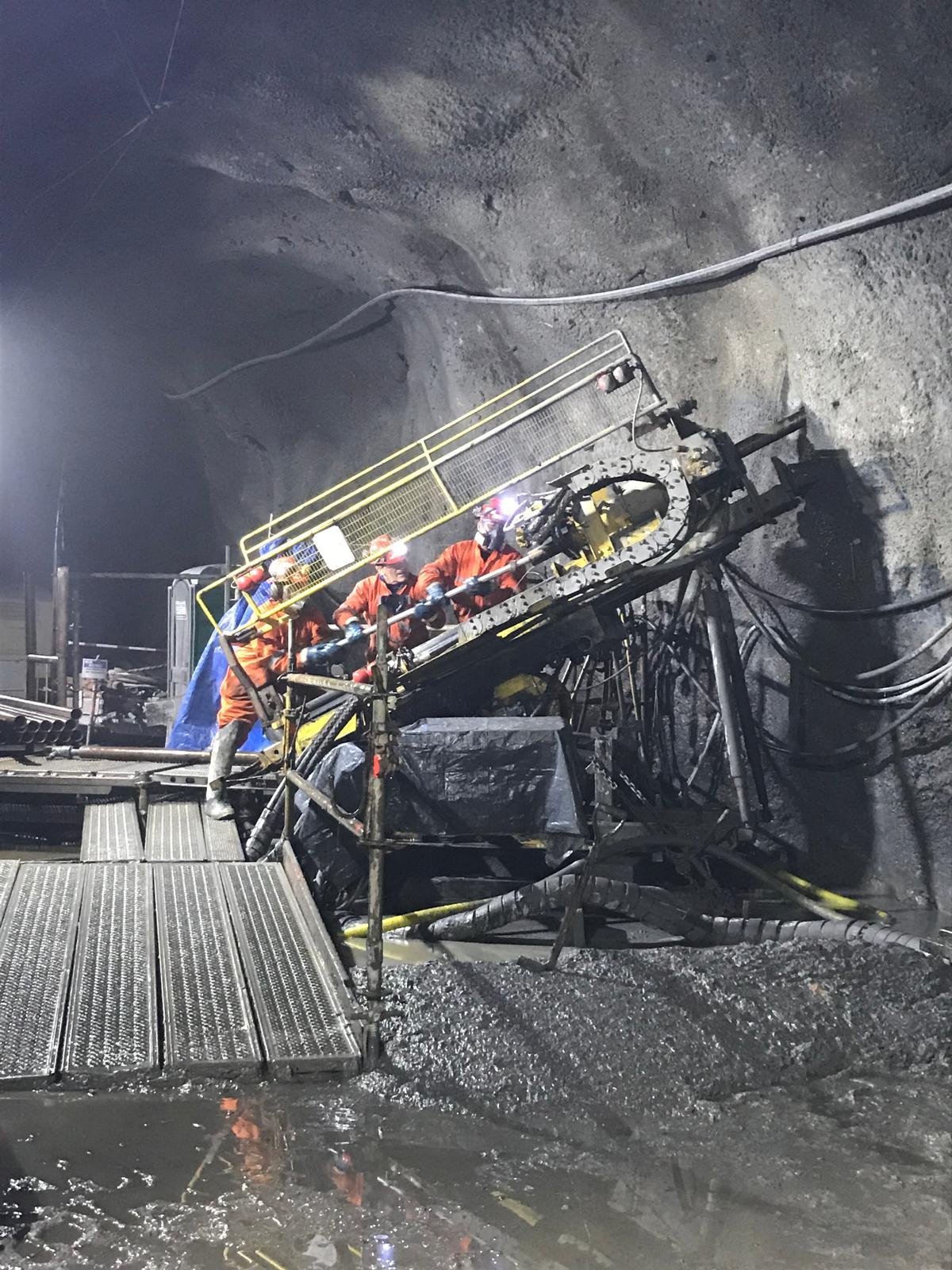
Porphyry copper deposits are critical to global copper supply, also contributing significantly to molybdenum and gold production. Breccias within these deposits often present higher-grade targets for mining, but not all are economically viable. With discovery rates of surface deposits declining, exploration is becoming more challenging and costly.
To improve exploration success, new methods are being developed to identify concealed deposits and assess breccia potential. A study of breccias from El Teniente in Chile, one of the world’s largest copper-molybdenum deposits, aims to expand understanding of their 3D nature and formation mechanisms using advanced equipment at the Camborne School of Mines.

El Teniente, Chile. Surface collapse from underground mining visible, with diatreme breccia protruding towards right in background

Esmeralda Sector, El Teniente Mine

Surface haul truck

Tourmaline (black blades) breccia with late chalcopyrite

Underground diamond drilling

Underground diamond drilling
